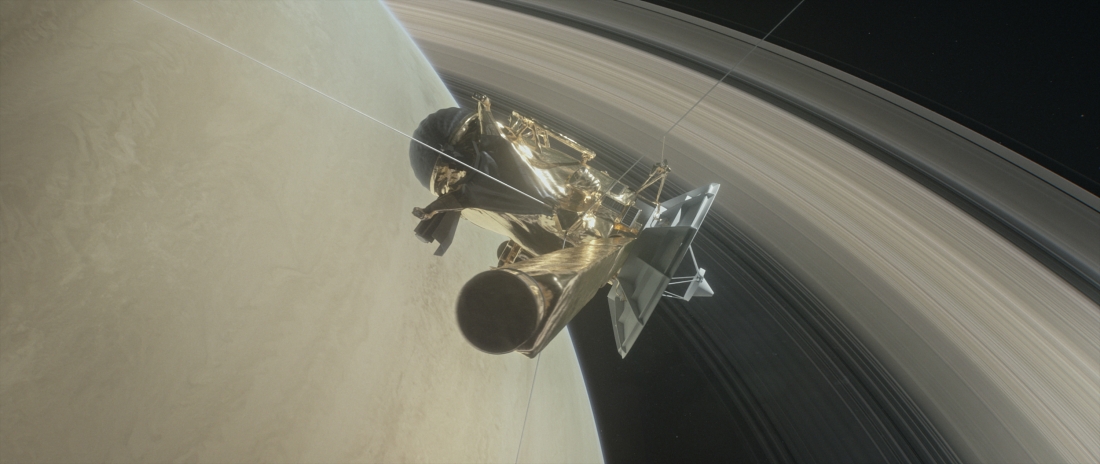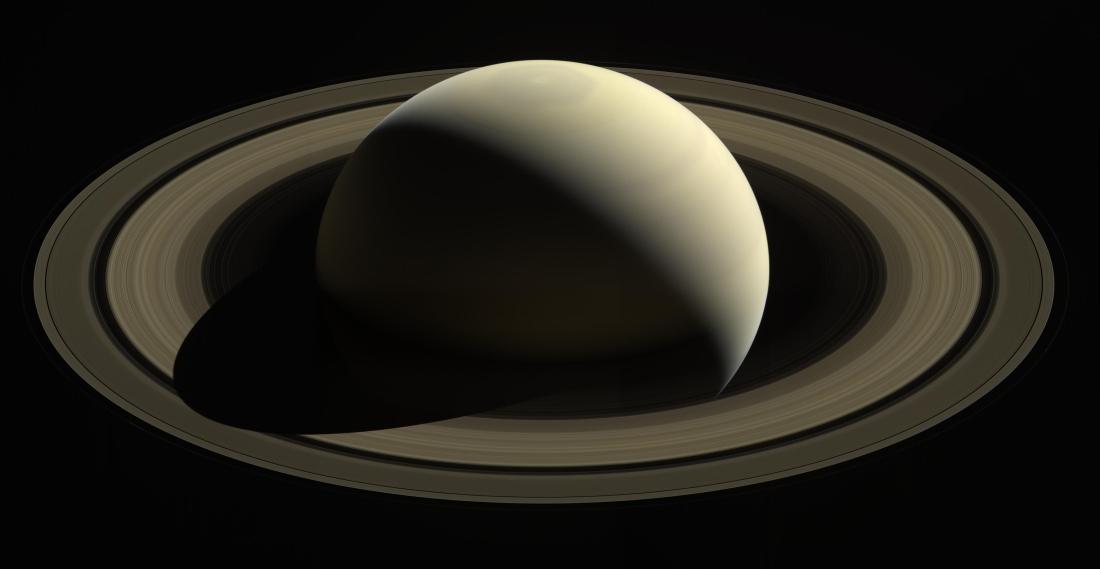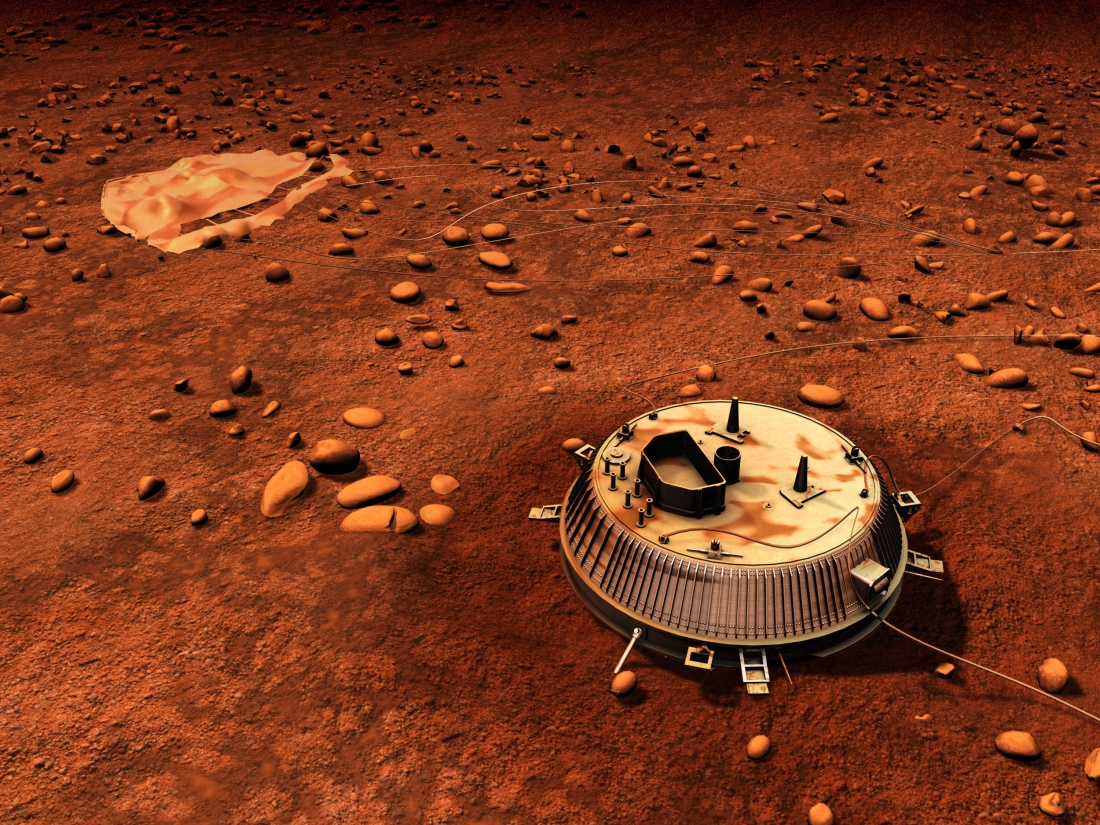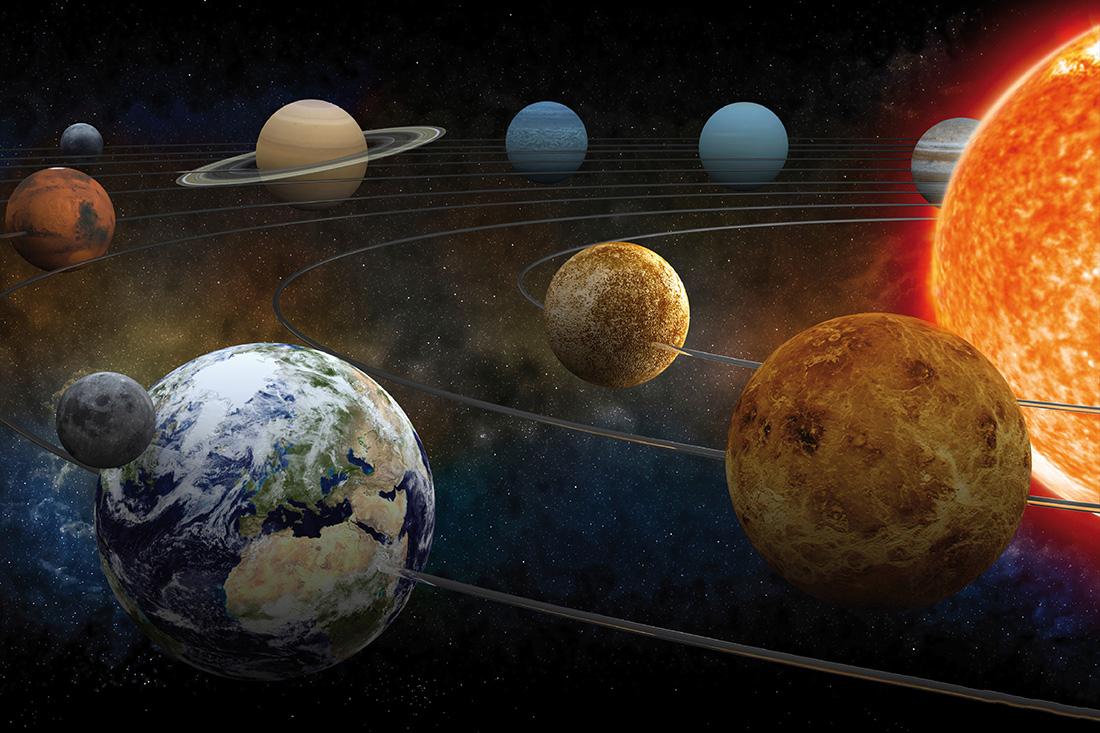And the Emmy goes to… Cassini

And the Emmy goes to… Cassini
On September 15, 2017, the Cassini probe completed its mission around Saturn by rushing into the upper atmosphere of the ring planet. A few months earlier, the probe was entering the final phase of its mission: the "Grand Finale" maneuvers that led it to dive between the planet and the innermost ring D. This area, only 2,500 kilometers wide, had never been explored before. NASA’s Jet Propulsion Laboratory (JPL) recently won an Emmy Award for Outstanding Original Interactive Program for its coverage of the Cassini mission's Grand Finale at Saturn. Congratulations to NASA and the JPL for this stunning achievement. Our teams at Thales Alenia Space are so proud to have contributed to this one-of-a-kind exploration program that definitely made history!

Multimedia coverage
During the "Grand Finale" phase, NASA’s Jet Propulsion Laboratory (JPL) relayed the probe's adventures day after day, creating a real viral buzz. Cassini's last dive to Saturn was also broadcast live on NASA television channels and on almost all social networks. The days preceding September 15 were also punctuated by reports and special programs on the major national TV channels, while schoolchildren in the United States received educational material to understand the challenges of the final stage of the Cassini mission.
Cassini's Grand Finale
The Cassini-Huygens spacecraft was launched in October 1997, primarily to study Saturn, its famous rings and its moons. To get there, it got four gravitational “slingshot” assists, passing by Venus twice, then Earth in 1999 and Jupiter at the end of 2000. On June 30, 2004, the spacecraft finally arrived at Saturn.

The international Cassini–Huygens mission, undoubtedly one of the most complex in the history of interplanetary exploration, was also one of the most successful, sending back data and spectacular images to Earth thanks to its main antenna designed and built by Thales Alenia Space. The piggyback Huygens probe would later separate from the Cassini orbiter land on the surface of Titan, Saturn’s largest moon.
Thales Alenia Space provided the Ku-band synthetic aperture radar (SAR), High Gain Antenna and radio frequency subsystem for Cassini. These instruments helped explore Titan’s great hydrocarbon seas, revealed oceans of liquid water beneath the icy surfaces of Titan and another of Saturn’s moons, Enceladus, and probed the atmospheres and ionospheres of Titan and Saturn, just to name a few of their tasks.

After nearly 20 years in space and 13 years revealing the wonders of Saturn, Cassini had written its final chapter. The spacecraft had performed a series of daring dives between the planet and its rings, culminating on September 15th in a dramatic final plunge into Saturn's atmosphere.
When Europe landed on Titan
Thales Alenia Space was prime contractor for the Huygens space probe on behalf of ESA. Leading a consortium of 40 companies and laboratories, Thales Alenia Space was the first company in Europe to take up the challenge of building a space probe designed to face extreme conditions. One of the requirements was to survive a seven-year journey of more than 3 billion kilometers through the Solar System, subject to temperatures down to minus 200 degrees Celsius.

Thales Alenia Space was responsible for the design, manufacture and testing of the High Gain Antenna that handles all communications with Earth. Measuring four meters in diameter, the antenna features a light, strong and ultra-stable carbon fiber reflector and structure, allowing it to stand up to the extreme conditions encountered throughout the mission.
The High Gain Antenna can withstand temperatures up to 400°C, allowing it to be used as a shield to protect the spacecraft from the 180°C heat during the flyby with Venus, the closest point to the Sun. Since reaching Saturn, it had been working at a temperature of -200°C. Its outstanding performance over the 20 years since spacecraft launch reflects Thales Alenia Space’s excellence in the design, manufacture, assembly and testing of large antennas for deep space applications.
Thales Alenia Space also made the multimode radar used to characterize many of Titan's features. Developed in collaboration with NASA, this technology was first used on the way to Saturn, to study Jupiter’s magnetosphere – a considerable scientific achievement. The synthetic aperture radar (SAR) was especially useful because it can see through Titan's dense atmosphere, where optical sensors are useless.

Whether exploring Venus or Mars, Saturn or Titan, asteroids or comets, Thales Alenia Space has always been a pivotal partner in Europe's fantastic missions to the Solar System.
Artistic views/Photos:
1: Cassini between Saturn and the rings © NASA/JPL-Caltech
2: Cassini in orbit © NASA/Jet Propulsion Laboratory
3: Cassini Grand Finale © NASA/JPL-Caltech
4: Saturn ©NASA/JPL-Caltech
5: Huygens probe on Titan © ESA, C. Carreau
6: Planets ©Istock

